Exact Answer: At least 3-6 months
A dental implant is a man-made structure that is placed by the dental surgeon into the patient’s jawbone. Dental implants act as substitutes for teeth that were previously lost. The dental implant consists of a device that resembles a screw, that serves as an anchor for the crown, which is the fake tooth. The crown and the anchor-like implant are connected by a device known as the abutment.
Tooth extraction is performed for many reasons such as tooth infection, tooth decay, crowding, preparation for braces, and wisdom teeth removal. Tooth extractions are done by an oral surgeon or a dentist. It can be done under many types of anesthesia like intravenous, local, and general.
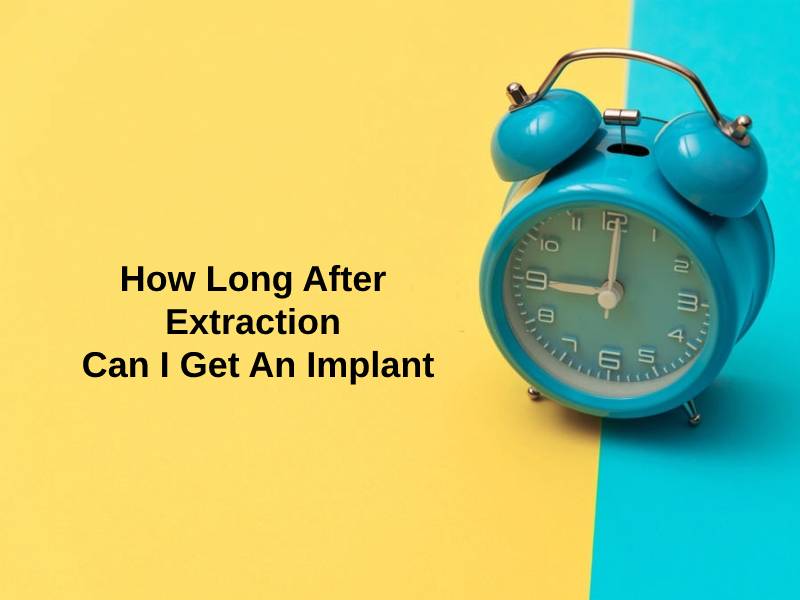
How Long After Extraction Can I Get An Implant?
| Healthy jawbone | Implant placed on the same day as extraction |
| Affected jawbone | Implant placed 3-6 months after extraction |
Before a tooth extraction, you will mostly be required to get an X-ray of the tooth done. There are two types of extraction: simple and surgical.
Simple extraction uses local anesthesia to numb the region that surrounds the tooth. Then the dentist loosens the particular tooth using a device called an elevator. Then they extract the tooth from the gum using forceps. By using a local anesthetic, the patient will not be able to feel any pain when the procedure is being performed, but they will feel a little bit of pressure at the site of extraction.
Surgical extraction uses both intravenous anesthesia and local anesthesia most of the time. In certain cases that rely on the underlying medical complications, general anesthesia is also considered. With local or intravenous anesthesia, the patient remains conscious but they are relaxed and calm. With general anesthesia, the patient is unconscious while the procedure happens. In this procedure, the oral surgeon or dentist makes an incision in the gum to cut into it. After this cut is made, then the tooth is removed. In addition, the dentist may also have to cut the tooth beforehand or remove the bone that surrounds the tooth, in order to extract the tooth.

After extraction, most cases require at least 3 to 6 months before the patient can undergo a dental implant. But if the patient has a very healthy jawbone, then the dentist may even perform the dental implant procedure on the same day as the extraction.
While the dental implant is being inserted, the oral surgeon inserts a screw-like instrument to act as an anchor for the artificial tooth (crown). Then the crown is placed, with the help of the abutment that connects the screw-like dental implant to the crown. The artificial tooth is specially engineered to suit the patient’s mouth and matches the exact color of the rest of their teeth.
Why Does It Take That Long To Get An Implant After Extraction?
It is important to remember that the tooth extraction procedure is quite a major dental surgery. This is why it requires at least three to six months after the extraction, for the dental implant to be inserted. The waiting time enables the mouth and jaw regions to heal completely from the extraction.
During the three to six-month waiting time, the jaw goes through a process known as osseointegration. This is a process that happens naturally after getting dental implants inserted into the jawbone. This is where the artificial implants naturally and eventually fuse into the jawbone completely, becoming one. Osseointegration takes up to 3 to 6 months to completely take place.
But if the jaw and mouth are extremely healthy, then the doctor may perform the dental implant surgery on the same day as the extraction. Factors such as the probability of infection and the position of the tooth also play a major role in deciding whether the dental implant surgery can be performed right after the tooth extraction or after several months.

If the dental implant surgery is performed too late after the tooth extraction, then the patient may suffer from extensive bone loss located in the jaw. This may cause the jaw to become weaker or thinner than before. By then, the jaw may not be strong enough to hold the dental implant. But a bone graft can be performed to strengthen the jawbone in order to prepare it for the dental implant. To avoid this, it is best to undergo the dental implant after 3-6 months of having the tooth extraction done.
Conclusion
To conclude, the waiting time between extraction and a dental implant depends on the health of your jaw and mouth regions. You will either be advised to have the dental implant inserted right after the extraction on the same day, or have the implant done after 3-6 months.
It takes several days for you to recover from tooth extractions. You will be advised to take painkillers, apply ice packs, avoid using a straw, start with soft foods, rinse with salt and warm water.
For dental implants, it can take up to several weeks for the jaw region to completely heal. During this time, it is important to follow the doctor’s instructions regarding post-op care. If you do not follow the instructions, it can lead to unpleasant side effects.

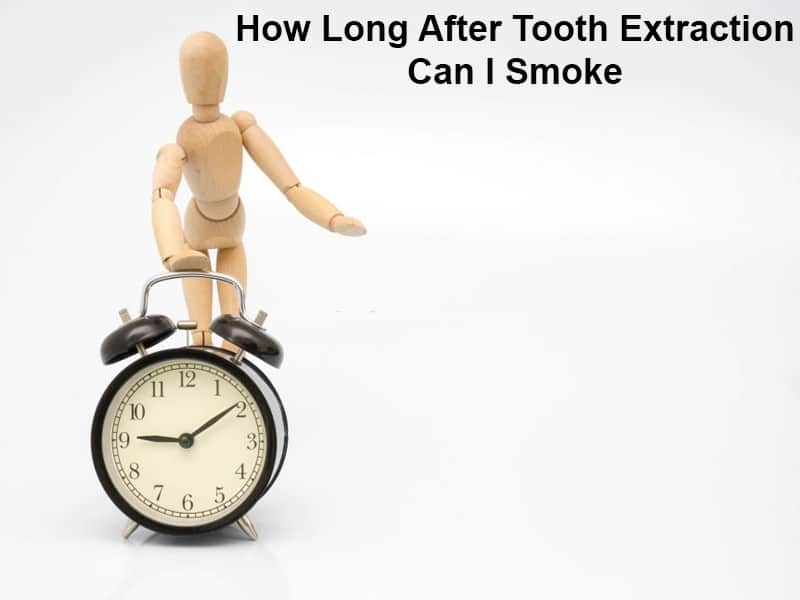




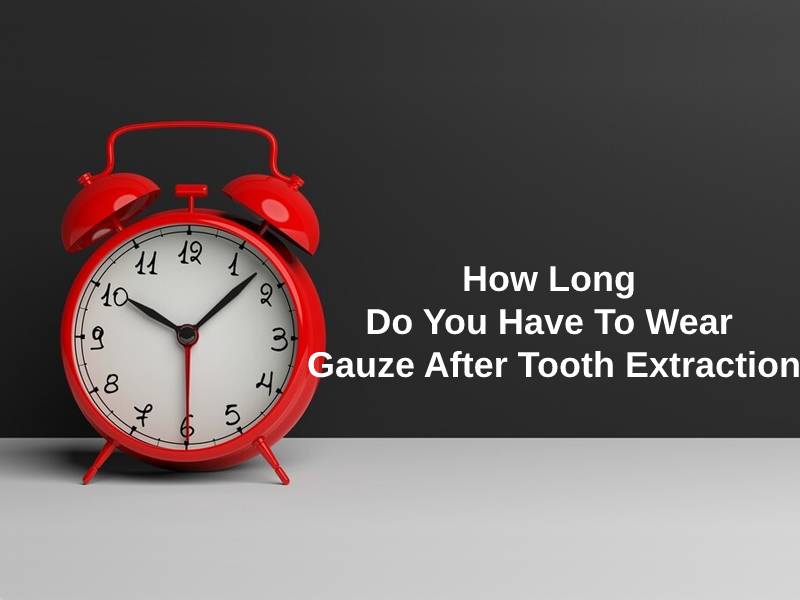


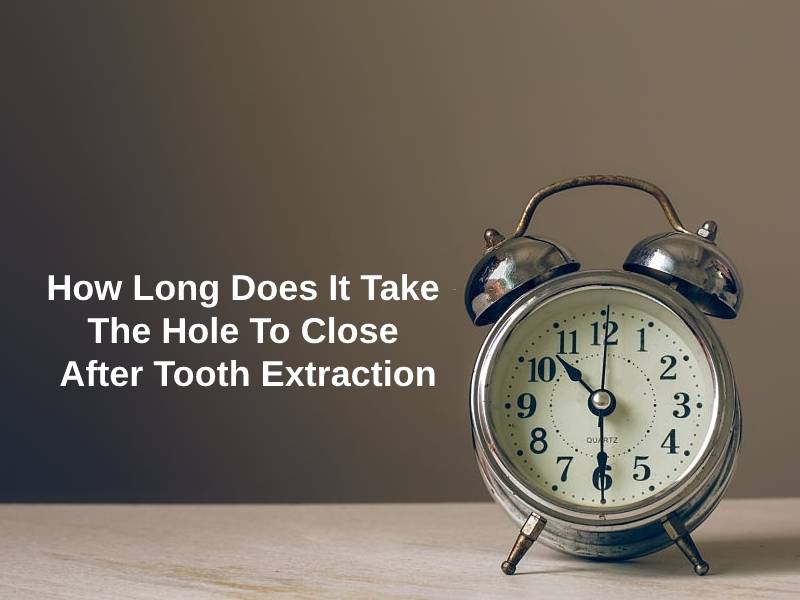










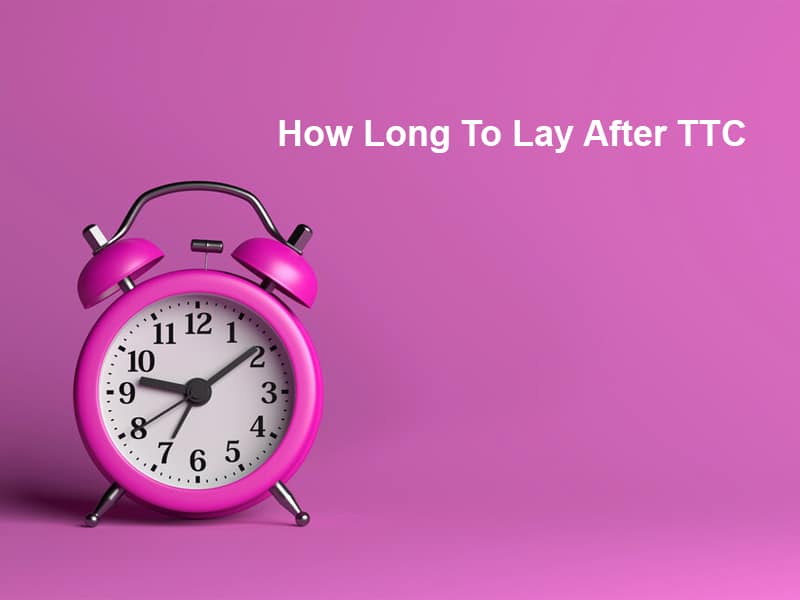
This article effectively emphasizes the importance of the healing process before dental implant procedures. An informative and insightful resource for individuals seeking understanding of dental surgery.
Absolutely. The attention to detail in explaining the significance of osseointegration makes this post valuable for potential dental implant recipients.
I found the explanations of simple and surgical extractions to be particularly enlightening. This detailed overview of dental surgery procedures is highly beneficial.
This article provides an insightful and clear depiction of the dental implant process. It serves as a valuable contextual guide for interested readers.
Absolutely, the differentiation between simple and surgical extractions adds depth to the understanding of dental surgery. Well-articulated article.
The details about tooth extraction and dental implant procedures are valuable information for anyone interested in dental surgery. Well-researched and informative.
Agreed. The article delves into the complexities involved in both extraction and implant procedures, providing a comprehensive understanding of the processes.
The emphasis on the healing process and the potential consequences of not waiting for proper healing is presented effectively in this article. Informative and well-written.
The insights into osseointegration and its impact on the success of dental implants are communicated clearly. This post has educational value for various audiences.
I appreciate the focus on the importance of timing in dental implant procedures. This article provides important considerations for all individuals considering dental surgery.
This post effectively illuminates the significance of waiting for sufficient healing before dental implant procedures, offering essential insights into the complexities of dental surgery. A commendable resource for dental health understanding.
I completely agree. The article provides valuable understanding of the dental implant process, guiding potential recipients through the necessary considerations.
The article effectively communicates the importance of waiting for sufficient healing before dental implant procedures, highlighting the necessity of osseointegration. A commendable resource for dental surgery insights.
The emphasis on the healing process and its impact on the success of dental implants makes this article an informative resource for dental health understanding.
I couldn’t agree more. The clarity of the explanations offers essential guidance for those considering dental implants.
After reading this, it’s clear that dental surgery is a complex process requiring patience and rigorous care. The waiting time for osseointegration makes sense in the context of ensuring the success of dental implants.
Absolutely, the healing process is crucial for the long-term functionality of dental implants. This is a great reminder for anyone considering this procedure.
I found the explanation on osseointegration to be particularly enlightening. The article presents useful insights for individuals at various stages of the process.
This article provides a clear and detailed explanation of the dental implant procedure, from the initial extraction to the implant placement.
I completely agree with you. The article is informative and well-researched.
I appreciate the thoroughness of the information provided. It’s great to know the importance of waiting for the jaw to heal before a dental implant.
This article provides valuable information and prepares readers for the complexities involved in dental surgery. The clarity of the explanations is commendable.
The importance of a healthy jawbone and the process of osseointegration are well-addressed here. It’s a great resource for anyone seeking insights into dental implants.
I couldn’t agree more. The article serves as a comprehensive guide for understanding dental implant procedures.
The comprehensive details regarding osseointegration and the factors influencing dental implant timing are effectively conveyed in this article. An invaluable resource for individuals interested in the subject.
I agree. The article provides a clear understanding of the processes associated with dental surgery, offering vital insights for readers at various stages of the dental implant journey.
The focus on the waiting period for dental implants and the factors affecting it is communicated in a precise and comprehensive manner. Useful for various audiences.